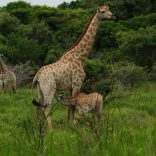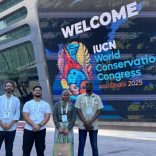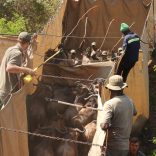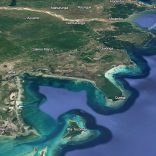Summer’s here to stay — rise and shine! Maputo National Park announces earlier opening hours, ...
Cites to vote on fate of elephants and rhinos

Reuters / A herd of elephants in Hwange National Park, Zimbabwe.
The heated debate on the rampant illegal ivory trade ravaging parts of Africa moves to the fore as the Convention on Illegal Trade in Endangered Species of Wild Fauna and Flora (Cites) considers the fate of elephants and rhinos.
Delegates from 183 countries will decide on a range of proposals as the conference enters its second week, including whether to tighten or loosen restriction on the trade of ivory from elephants and rhinos.
Zimbabwe and Namibia have lead the charge to allow limited sales of domestic ivory, together with SA and Zambia. Their elephant populations fall under Appendix II. These states, which have been largely successful in protecting their elephants, argue that funds from ivory sales could be ploughed back into conservation efforts.
But a number of other countries, including Botswana and the US, want all elephant populations listed on Appendix I under a formal global ban.
A proposal by Swaziland on whether to allow the country to trade in rhino horn will also be discussed.
On Sunday, the conference approved a ban on the international trade in wild populations of the African grey parrot. The African grey has experienced a big drop in numbers because of trade, poaching and habitat loss. Under Cites breeding of captive-bred parrots can continue, but only under convention guidelines.
The convention has also banned all trade in pangolins and all species of rosewood.
SA successfully had the Cape mountain zebra moved from Appendix I to Appendix II due to an increase in population. The conference also discussed the need to regulate trade in synthetic or bioengineered wildlife products due to the possible impact they could have on wild populations of endangered species.
The conference ends on October 5.












Leave a Reply
Be the First to Comment!
You must be logged in to post a comment.
You must be logged in to post a comment.